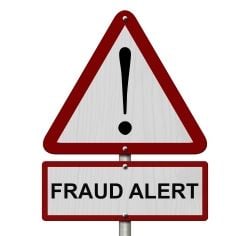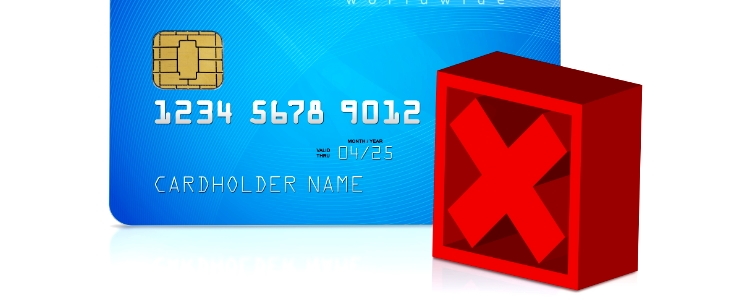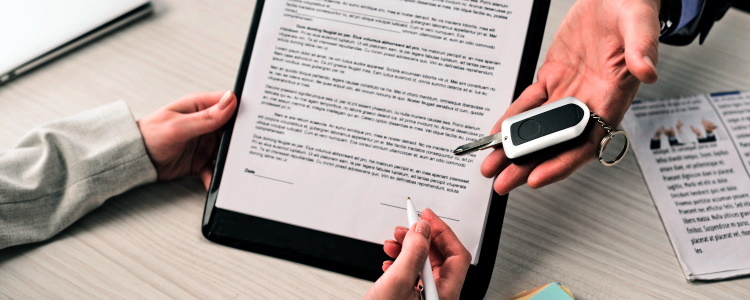Identity theft happens fast and can destroy your credit score and finances. It is important to act quickly in initiating the recovery process.
When someone appropriates your identity, it may leave a trail of delinquent accounts and negative credit history on your report, making it hard for you to get approved for a loan or a line of credit. Even worse, it can leave your bank account empty, and affect your chances of getting a job or purchasing (or renting) a home. But you can minimize the damage by taking control of the situation as soon as you learn that there has been a security breach.
Identity Theft Is Not the End
By using these steps from the Federal Trade Commission (FTC), you can begin to stop any further damage to your credit from occurring.

- Place an Initial Fraud Alert claim.
In order to do this, you only need to contact one of the three major credit reporting agencies (Experian, Equifax, or TransUnion) and they are obligated to notify the other two. This will make it more difficult for anyone who isn’t you to open accounts in your name, as you will need to be contacted directly before any additional accounts can be opened. This alert will remain on your report for 90 days, and can be renewed after that time. There is no charge for this service.Ensure that the agencies have the proper contact information for you so they can easily reach you. And for peace of mind, confirm that they will tell the other two agencies. - Obtain your credit report.
After you have initiated the fraud alert, you can get a complimentary credit report from each of the three reporting agencies. For added security, request that they only print the last four digits of your social security number on the reports when ordering them. Look over the reports for any activity or accounts you did not authorize. Once you have pinpointed the fraudulent activity, contact the FTC and follow up with them in writing through certified mail with a return receipt. - Submit an official report.
From here, you will build an Identity Theft Affidavit. This document states what happened and will allow you to deal with the companies and collection agencies that were involved with the accounts that were opened by the thief. You will be able to get fraudulent information removed, stop collections on accounts opened with falsified information, and acquire information on the accounts in question.
Make a copy of this document for your records, as you will need it when you file the police report. Once you have the police report, that and the affidavit will be your Identity Theft Report.
If you need a simple step by step checklist to help you keep track of the process, one is available at IdentityTheft.gov. This process will provide you with all of the tools you need to dispute transactions that were not made by you.
An Ounce of Prevention
There are several things you can do in order to safeguard your accounts before there is a breach.
- Keep all your financial and identity information (social security card, birth certificate, bank account numbers, etc.) in a safe and secure place that is not easily accessible to others.
- Routinely change all of your passwords
- Never send any of your personal information through email, only share this information on a secured site that you know can be trusted.
- Routinely check your credit reports.
Get Back On the Road Fast
If you have had issues with identity theft, or are dealing with legitimate financial and credit issues, Drivers Lane can help. Get started today by completing our fast, free and secure online application. From there, we will connect you with a dealer who can help you get the financing you need for your vehicle.


















